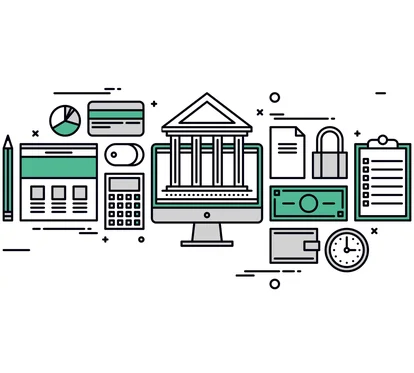"Credit managers want to limit the financial risks in lending," Aart Deuning explains. "That's why you perform a risk assessment on every credit application. You want to be in control of which checks you run for this purpose and which ones you don't. But also of which customers you want to accept. Where you have room to accept more risk, that may turn out differently than in another action where the customer actually doesn't allow you that space."
Jeroen Slikker adds: "To serve customers quickly, you want to automate the credit assessment process as much as possible. The higher your so-called straight-through processing percentage, the fewer error-sensitive and costly human actions. In addition, the customer simply feels well served because he or she receives an answer quickly. Even if that answer is negative, there is at least a quick clarification."


